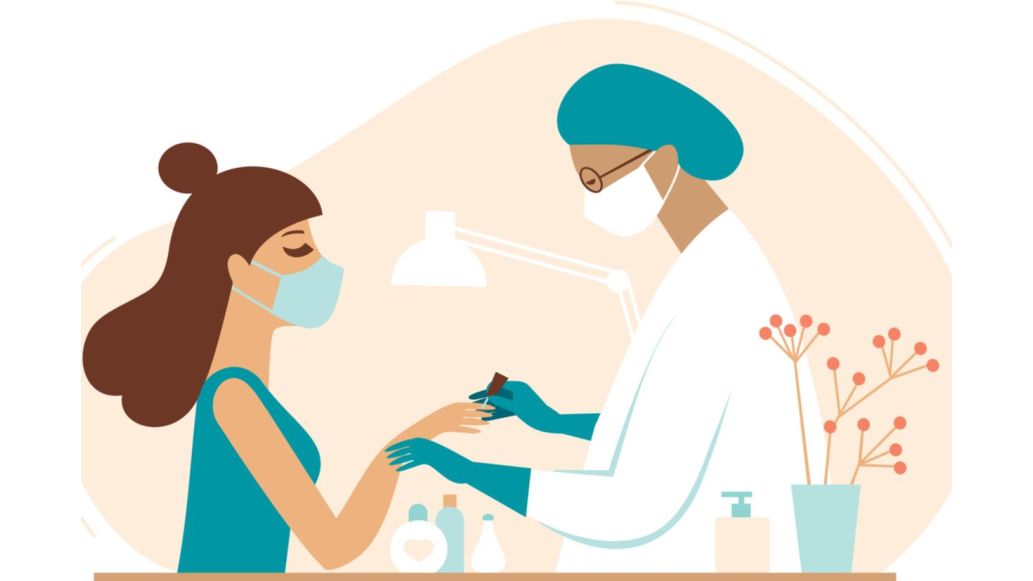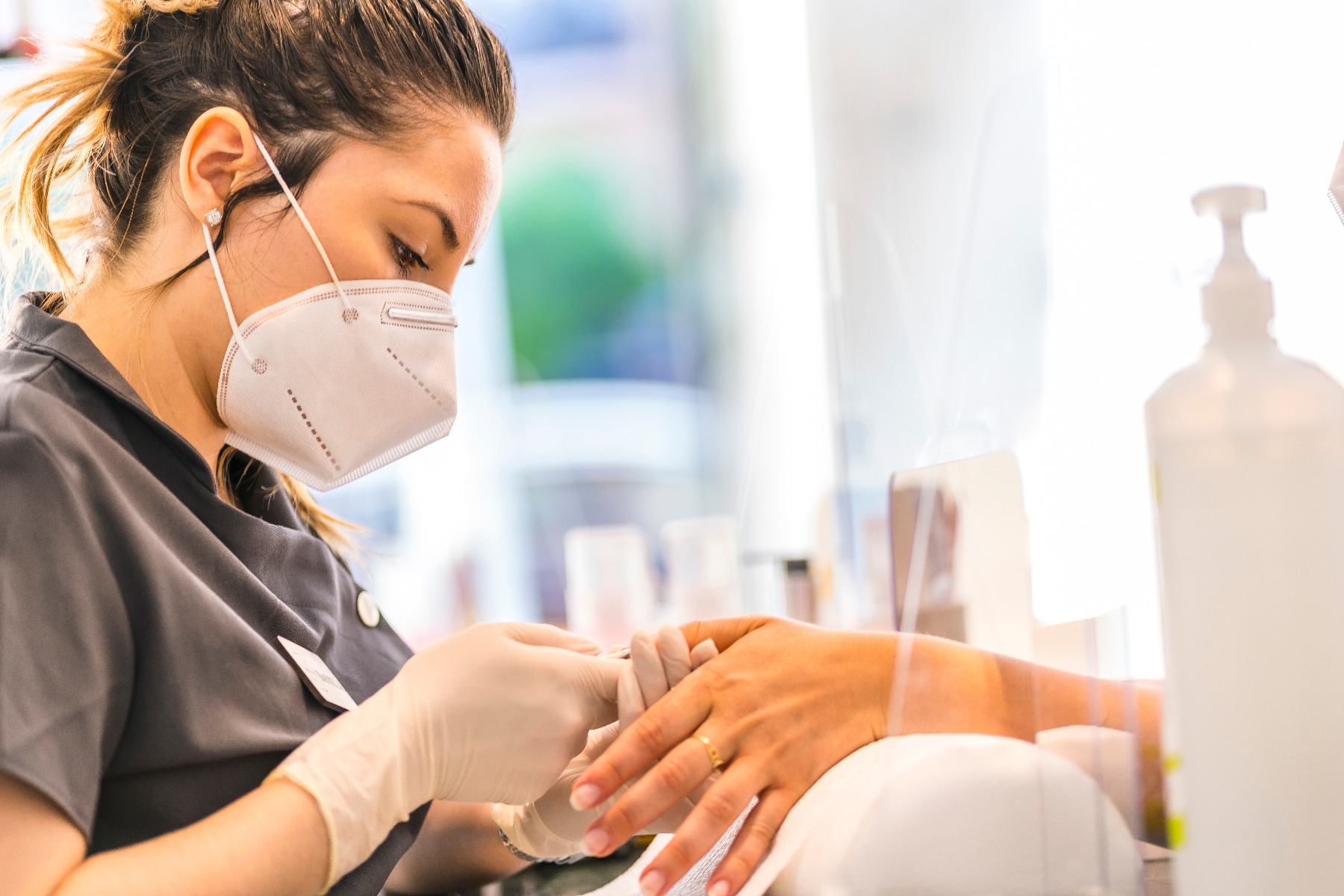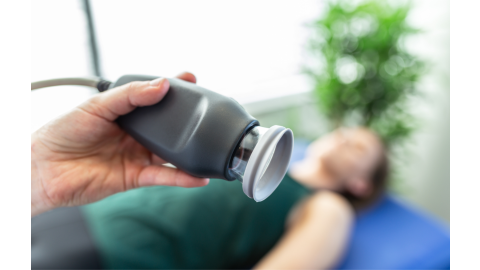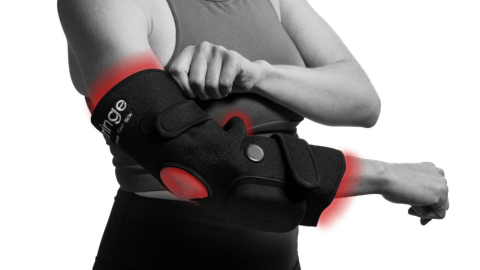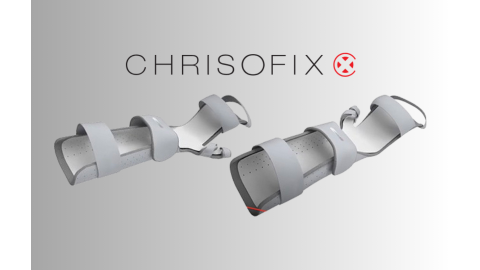As salons and spas prepare to reopen their businesses, it is recommended that employers develop an infection control plan that identifies potential infection risk factors in the workplace. Identifying circumstances in which workers might come into contact with the COVID-19 virus - either by coming into contact with infected people or touching contaminated surfaces - and creating specific steps to help minimize the risk of infection is one important part of an employer’s plan. In addition to establishing strategies to control infection risks, employees must adequately report their illnesses prior to the start of their shifts.
To help reduce the risk of infections amongst employees and customers, we’ve provided a number of practices to implement in the workplace.
8 Practices to Help Reduce Spread of Infection in Salons and Spas
- Social Distancing: Move, change, or adjust workstations to help your employees maintain social distancing of at least 6 feet between each other and clients receiving services. Consider installing transparent shields or other physical barriers where social distancing is not an option such as between shampoo bowls and hooded dryer chairs.
- Mandatory Face Coverings: Provide and encourage the use of face masks for both your employees and their clients throughout the session. In addition to masks, you might want to require face shields and gloves. Employees required to use personal protective equipment (PPE) must be trained when to use PPE, how to properly apply, use, and take off PPE, how to properly dispose of or disinfect, inspect for damage, and maintain PPE.
- Frequent Hand Washing: Provide and encourage the use of hand sanitizer and thorough handwashing techniques. Frequently wash your hands with soap and water for at least 20 seconds. Employees should be educated to avoid touching their faces, including their eyes, noses, and mouths, until after thoroughly washing their hands upon completing work and/or removing PPE.
- Eliminate Waiting Area: Remove chairs from the waiting area to reduce clients from sitting close together or waiting in groups. Encourage clients to wait in their vehicles or outside the workplace until contacted by mobile phone 5-10 minutes prior to their appointment. For businesses that often double book clients, it is recommended to not overlap appointments. Each stylist or therapist needs to complete services for one client at a time.
- Sanitation, Disinfection, and Sterilization: For high-touch surfaces, use cleaning products that are EPA-registered and follow the directions on the label. When EPA-approved disinfectants are not available, you can use alternative disinfectants such as rubbing alcohol solutions with at least 70% alcohol. Make sure to clean and disinfect all workstation surfaces and tools between clients. You must have a supply of disinfected tools, disinfected implements, and single-use supplies available for use. The supply must be sufficient, based on service volume, to ensure each client is serviced with properly cleaned and disinfected tools and implements each day.
- Infection Prevention Training: It is highly recommended that your employees receive training on infection prevention in the workplace. Topics should include, but not be limited to, signs and symptoms of infection, staying home when ill, social distancing, hand hygiene practices, and how the disease is spread (and how to minimize it) at work, at home, and in the community.
- Screen Employees for Symptoms: Use a non-contact thermometer to detect body temperature at the beginning of each employees’ shifts. If an employee has a fever at or above 100.4 degrees Fahrenheit, send them home. Monitor for other symptoms including: coughing, shortness of breath, difficulty breathing, chills, fatigue, muscle or body aches, headache, loss of taste or smell, sore throat, congestion or runny nose, nausea or vomiting, or diarrhea.
- Air Filtration and Ventilation: Consider implementing air purifiers in all treatment rooms and throughout the spa or salon. These air purifiers help remove microscopic particles in indoor spaces. Leave doors or windows open instead of using fans. Research suggests that air filtration and ventilation might slow the spread of infections through inhaling small particles that could hang around in the air for hours.

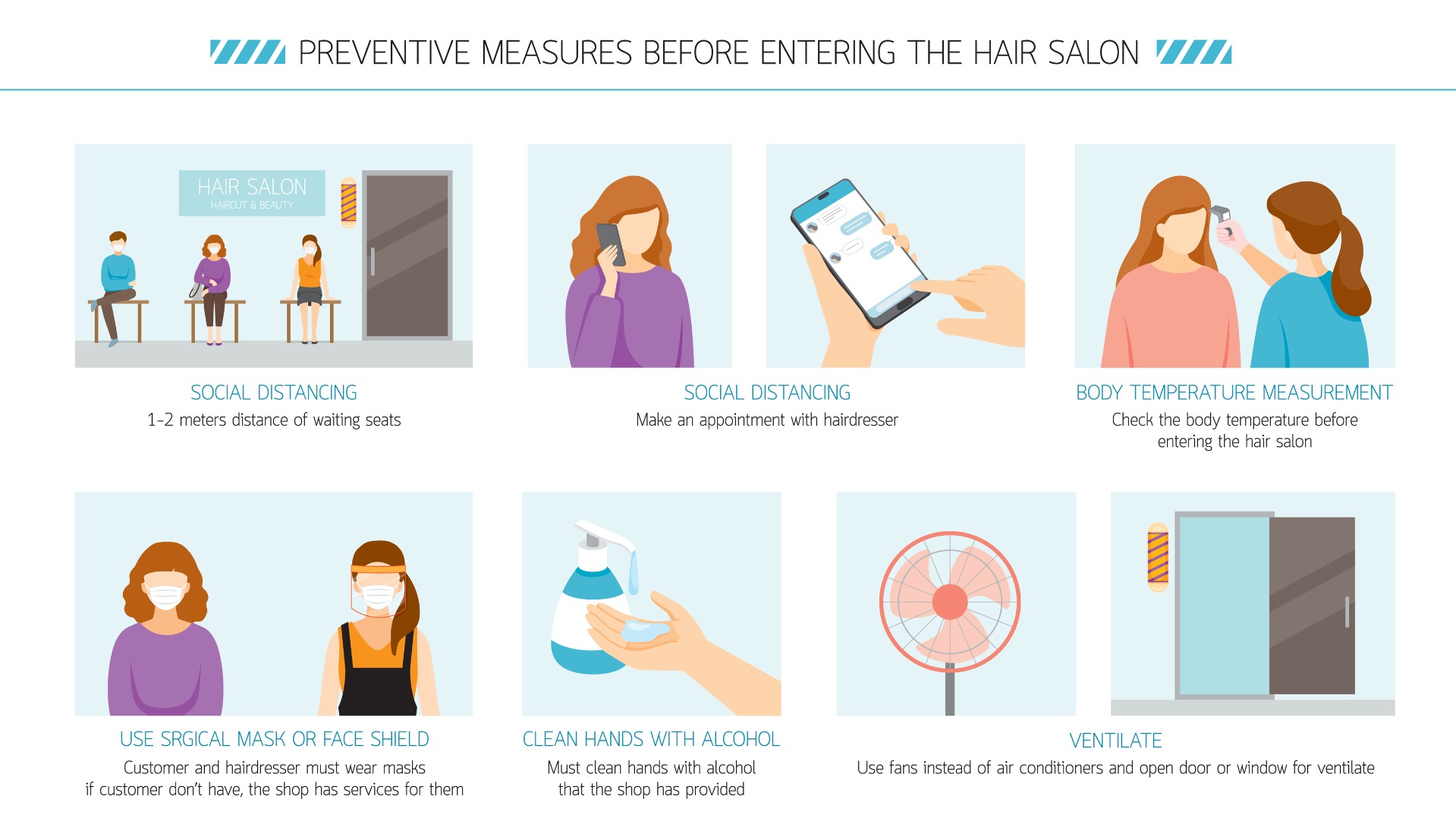
Specific Infection Prevention Measures for Different Businesses
|
|
|
|
|
|
|
|
Over time, infection control plans will break down due to lack of communication, inadequate understanding of workplace risks, and poor or incomplete implementation of the plan. To avoid these breakdowns, employers should monitor the situation closely after reopening. Revisit and tweak aspects of the plan that don't achieve the desired results. The practices provided in this article will help ensure that your business continues to run effectively without risking the health and safety of others.
For more information, visit the CDC (Centers for Disease Control and Prevention) website. To help you reopen your business, the CDC has created guidelines to provide you with a general framework for cleaning and disinfection practices.
References
- Anonymous. (2020). Responsible Restart Ohio. Ohio Department of Health. Retrieved from https://bit.ly/3gDpyiK
- Anonymous. (2020). Reopening Guidance for Cleaning and Disinfecting Public Spaces, Workspaces, Businesses, Schools, and Homes. CDC: Centers for Disease Control and Prevention. Retrieved from https://bit.ly/31v6oFa
- Neitzel, Rick. (2020). 5 Steps Employers and Employees Need to Take to Reopen Businesses. Michigan Public Health News Center. Retrieved from https://bit.ly/3if7jAl
Medical Disclaimer: The information provided on this site, including text, graphics, images and other material, are for informational purposes only and are not intended to substitute for professional medical advice, diagnosis or treatment. Always seek the advice of your physician or other healthcare professional with any questions or concerns you may have regarding your condition.

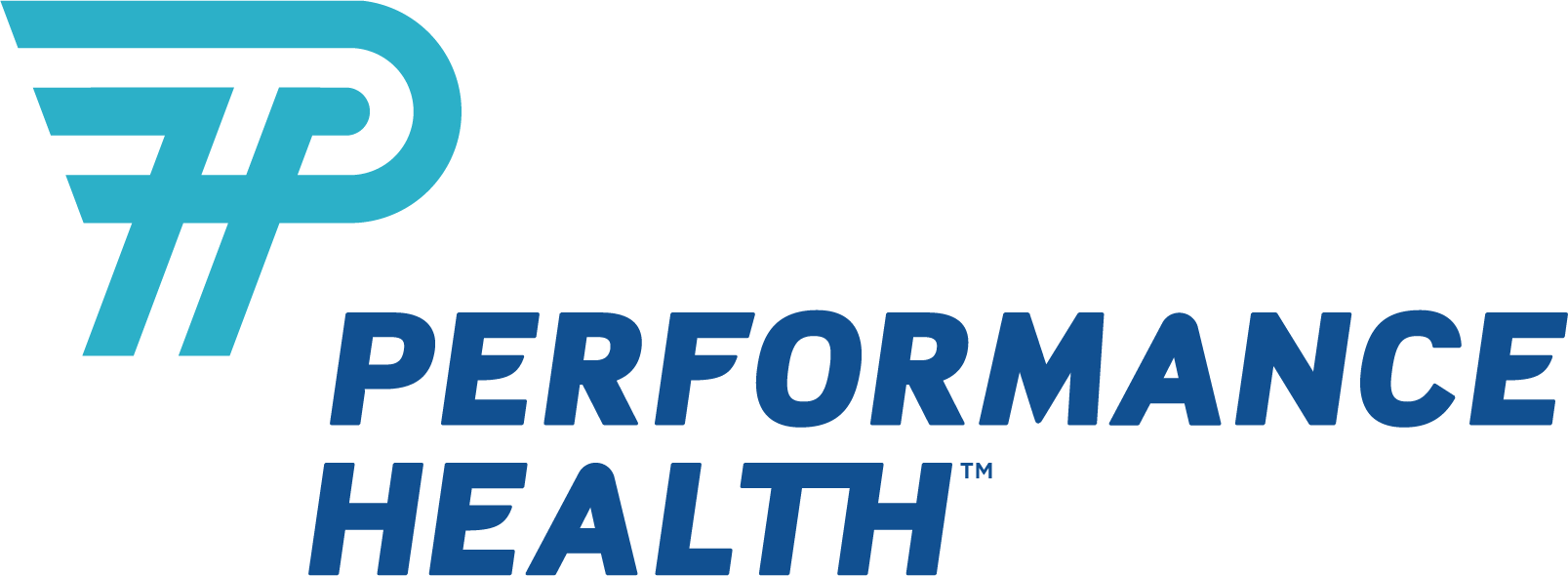






 France
France Australia
Australia